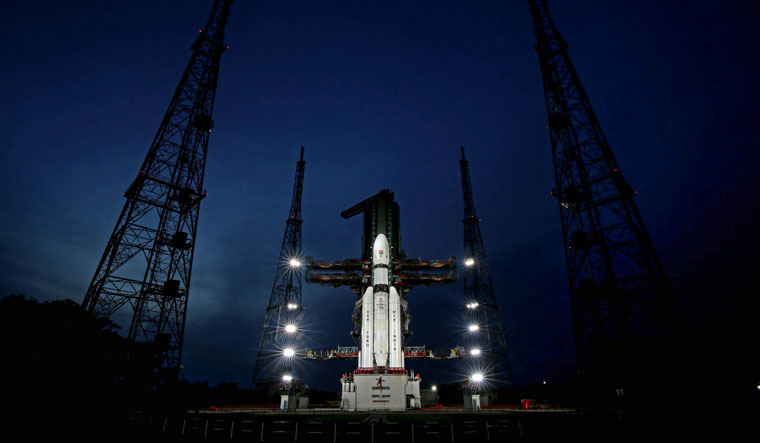As the final countdown for the Chandrayaan-3 began today for India's third moon mission, all are eagerly waiting for the big show tomorrow when ISRO's LVM3-M4/CHANDRAYAAN-3 MOON MISSION takes off at 2. 35 pm. Currently, the propellant filling is in progress while the Mission Readiness Review for the launch has been completed and the board has authorised the launch.
But why is it that the launch countdown holds such importance?
As per space experts, the launch countdown sequence is a sequential series of tasks and procedures that occur before liftoff. These activities involve tasks like fueling, testing systems, preparing the spacecraft, allowing the crew to enter (if necessary), and the final countdown. This all leads to the ignition and liftoff of the launch vehicle.
“Countdowns are implemented to decrease the likelihood of overlooking critical aspects that cannot be rectified once a rocket is launched. Additionally, the countdown serves as a vital timekeeping mechanism. They are also essential in ensuring that various sequential processes in rocket launches occur in the correct order. For instance before initiating the inertial guidance, the rocket must first undergo fueling, and before relying on its own batteries, thorough checks are necessary. Countdowns are frequently managed by computers capable of sequencing and verifying numerous events. These advanced systems can promptly notify launch controllers or halt the countdown if any critical issues arise,” explained space and aerospace expert Girish Linganna.
Experts point out that certain spacecrafts have strict time constraints for liftoff in order to reach their desired destinations. For instance, the Apollo moon landings could only take off within a narrow time frame on a specific day each month to land at their intended target. Similarly, interplanetary missions have specific launch windows as well. Even flights to the International Space Station, whether crewed or for resupply purposes, often have what is referred to as 'instantaneous launch windows'.
“If the rocket fails to launch at the exact minute, the flight is rescheduled for the next available window, usually the following day. The reason behind this is that launching outside of the designated window would require additional time and fuel for the spacecraft to rendezvous with the ISS. Besides this there are certain tasks that require additional time and preparation beyond what is indicated by the clock. For instance, the pumping and appropriate chilling of fuels or waiting for the weather to improve may be necessary. The amount of time needed for these tasks can vary, which is why countdowns often include planned breaks called "built-in holds." These holds allow all controllers to complete their work before proceeding further in the countdown. The Space Shuttle serves as an example of a crewed mission that implemented built-in holds,” added Linganna.
Countdowns also serve as a precautionary measure to protect against unforeseen weather conditions or unexpected events caused by individuals. Apart from launch controllers, the involvement of a Range Safety Officer and weather officers is crucial. The Range Safety Officer consistently monitors the surroundings for any unauthorised aircraft or boats that could potentially enter the designated zone where rocket stages or a malfunctioning rocket might fall. Similarly, weather officers closely observe changes in wind patterns and cloud formations that could potentially defy launch regulations.
“The countdown also serves as a method for the launch teams to synchronize their actions, ensuring that checklists are completed and everything is verified to be in proper order. For instance the launch center computers establish communication with sensors located within the rocket, which continuously monitor crucial systems on both the launch vehicle and payload. Security personnel ensure that individuals who are not authorised are not able to enter the restricted area labeled as the 'keep-out' zone,” said Linganna.
In earlier times, a manual checklist was used that outlined the necessary steps to be completed prior to liftoff. It was a document that detailed the required actions to be taken before initiating the launch process. During that period, an individual was assigned to carry out each step of the checklist. The presence of a master countdowner was crucial since watches were not highly accurate during that time.
From around 1960 onwards however the entire process became computer-controlled, with humans serving as backup for the ABORT buttons.



